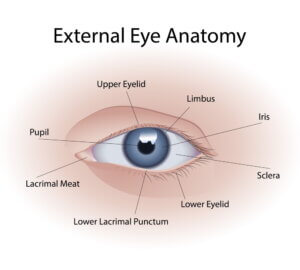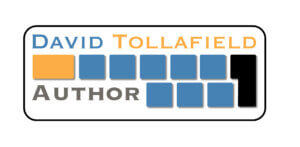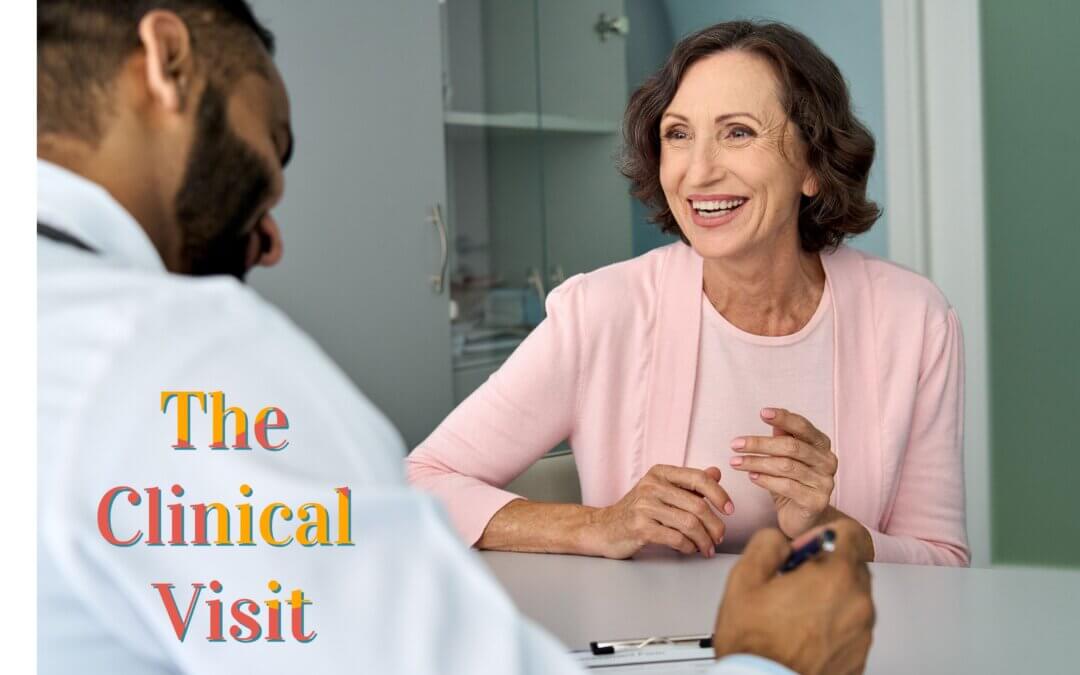What Do You Know About Your Clinical Visit? Part One.
Author and former consultant podiatric surgeon David Tollafield will explore the essentials of the clinical examination and its implications for patients. If you have not read the short introduction, you are recommended to do so before advancing to parts one, two or three. Click here for the INTRODUCTION
A physician (clinical health worker, usually a medical doctor) has but a short time allocated to absorb a tremendous amount of information. As you walk into the clinical room seeking that precious consultation, the process starts immediately. Learn more about the interaction. This article covers the visual examination—no touching, just watching. For the sake of modernity in terminology, the clinician is used here rather than a medical doctor, as medical care is provided by a broader range of professionals today.
The Three Elements of Clinical Diagnosis
Observation, listening (taking details), and examination. The chances are you won’t even know what is happening until your clinician (medical doctor or other specialist) starts asking questions and maybe writing or tapping on the computer keys. The clinician will focus on the heart, lungs, nervous system, and musculoskeletal systems. These are provided by how we walk, sit, talk, and move.
Walking In
Not all consultations are the same, and as you move from generalist (in the USA, these are called internists), you will find the questioning different. We now must turn to the thoughts that cover the mind of the clinician. Before he or she even makes contact, you are observed from head to foot. Your face will give away many secrets and identify pain, anxiety and health. The way you walk will give away possible reasons for pain, and the giveaway tales include hip problems as well as favouring one side. This could indicate knee, ankle and foot pain depending on how you walk. How we carry ourselves shows flexibility and joints moving smoothly, suggesting that the skeleton is working well at the major links. The arm swing, shoulder drop, and head tilt are equally important. Posture is hard to hide. As you move toward the chair and sit, you will give away some of your breathing problems as well as difficulty with weight if excessive. The visible signs of obesity (a disease) are as apparent to the clinician as to the patient.
The nervous system is made up of muscle power and sensation. Mild central nervous system disease cannot be detected readily without close examination, but gross changes, such as in high-stepping gait, are hard to miss. Foot drop is when the foot fails to clear the floor and tends to drag. Spinal and back problems may be suspected.
Sitting Down
As you sit, pain and loss of mobility will be exposed. Your breathing will already be exposed to sounds and difficulty, if not your colour, especially around the lips. If you have run to your appointment, even this is helpful. The speed at which you move or come to rest provides vital clues about your heart embraced by the vascular system (video 6.31m). Depending upon clothing, gender preferences, and seasons, the more exposed you are, the easier it is to spot changes from skin conditions to varicose veins.
As you sit, your face will give further clues. The skeleton comprises joints, muscles and bones, all of which can add up to stiff movement and posture. The clinical process, having started, now awaits you to say what your concern is. As you show your hands, a wrist splint suggests the problem is the hand. Handshakes, once valuable, are less common because of ‘Covid-19’. The clinician was not just being polite but was feeling your skin—clammy, rough and dry; skin problems of the hand would be picked up, and the contact would include observation. The nails on the finger are vital—shape, structure, colour, damage, and thickness—and prove helpful in suggesting disease and occupational activities with nail damage and infection. Manual workers would have different skin from those who worked in harsher industrial roles. The question might be posed: Is this an occupational problem? The patient will confirm their line of work when questioned.
The nails can suggest kidney, liver, lung, and heart disease because their shape may alter due to reduced circulation. Skin that is coloured and has a yellow taint may relate to smoking habits for the fingers but may include the liver if faulty. The face harbours most secrets, from age to health. Make-up affects the clarity of colour, but the eyes are a valuable diagnostic tool. Spectacles give away sightedness, but the surrounding eye is all important. Eye health is looked after by the optometrist, but health in general can be affected.

External eye anatomy infographic. Realistic illustration Shutterstock.com
The colour of the sclera is important and shows a range of diseases, as it may alter, suggesting connective tissue disease, blood disorders, anaemia, and liver disease. When run down, our eyes may show signs of a stye along the edge of the eyelid associated with an infection or the sticky discharge of conjunctivitis. Common in old age is the continuous leakage of tears, which may suggest some concern or duct blockage. Routine eye examinations will be left to the optometrist, but diabetes affects many systems. The back of the eye is examined for bleeds, a condition called retinopathy, which suggests advanced diabetes. Blood pressure and infection may also be included.
In today’s society, dress codes do not accurately inform us about the state of health or mental capacity. Still, often, a neatly dressed person might indicate taking the best care of oneself. Where hygiene is poor, this prompts the suggestion of poor personal management, although, in the older person, this may be due to loss of mental faculty. Read an article about missed cancer.
The state of observation can only provide a suspected condition and is far from definitive. A clinical examination requires the patient to provide information, but the clinician will observe and listen to exclude the most obvious signs of disease before taking the all-important history. The chance of cardiovascular disease may well be suspected by facial colour, which includes the lips. The next time you see a doctor or specialist, you will be more aware of the fact that you are on show the moment you enter the room. Like a computer, he or she is processing you, gathering data and may have a diagnosis already!
Thanks for reading The Physician’s Eye. Next time, you can read The Physician’s Ear.
David R. Tollafield was a senior lecturer, researcher, and clinician who taught surgical medicine and pathology, as well as a consultant podiatric surgeon for over thirty years. He is the author of academic books and patient guide information. His author site can be reached by clicking here. Consultingfootpain is published by Busypencilcase Communications (BPCC) Est. 2015
Consultingfootpain is published by Busypencilcase Communications (BPCC) Est. 2015

17th February 2025

Recent Comments